Arctic fox - beautiful animals eat their own feces
Arctic foxes are omnivores, eating anything they can find. When food is scarce, it also eats its own fertilizer.
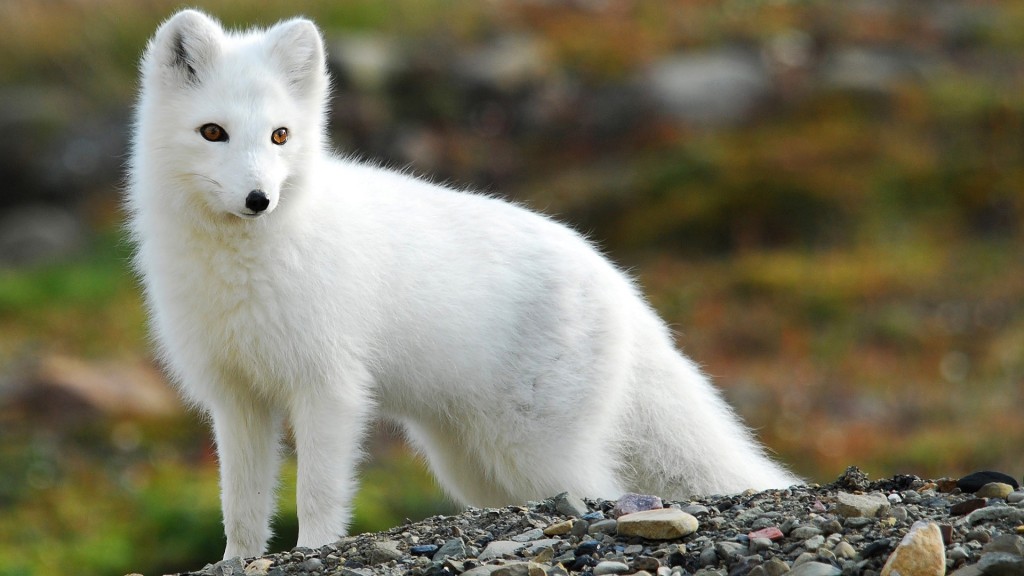
The official name of this species is the Arctic fox.In addition, it is also called by other names such as white foxes and snow foxes.
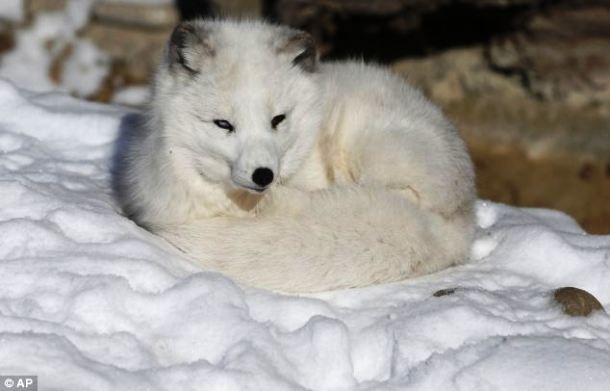
Arctic foxes live in extremely cold areas.This species possesses a special heat exchange system, which makes it feel no shivers in the cold even when the temperature drops to -70 degrees Celsius.
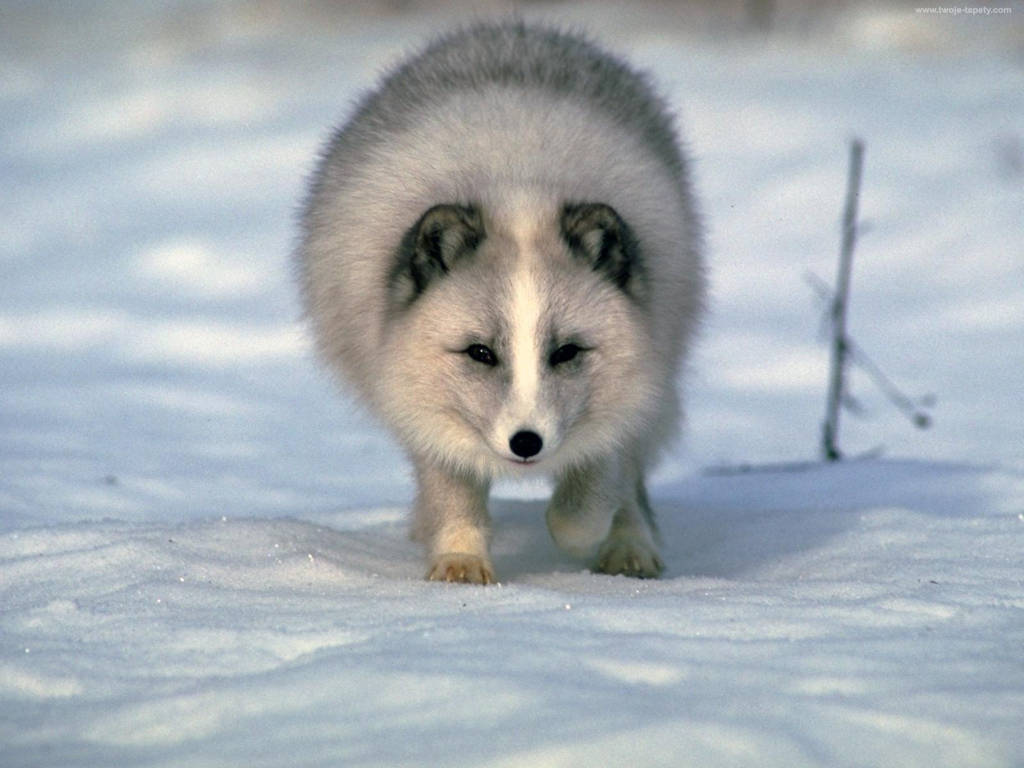
Another adaptive mechanism allows the Arctic fox to survive in such harsh conditions as the head area proportional to its round body mass and shape, which minimizes heat escape.
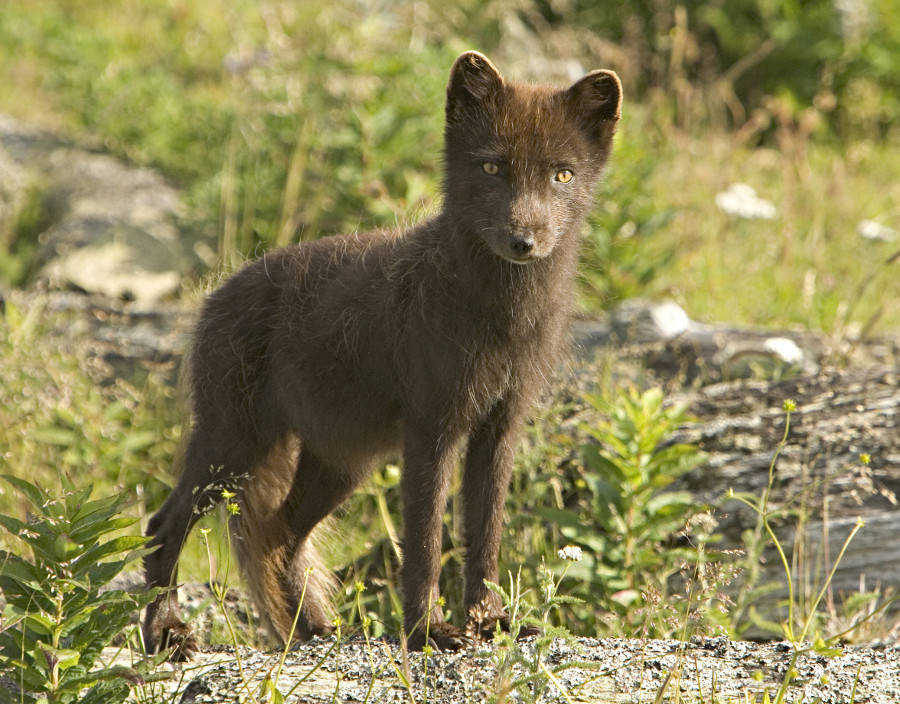
People often think that Arctic foxes have only white hairs, but in fact when the snow melts, their feathers can turn dark to blend into the environment.
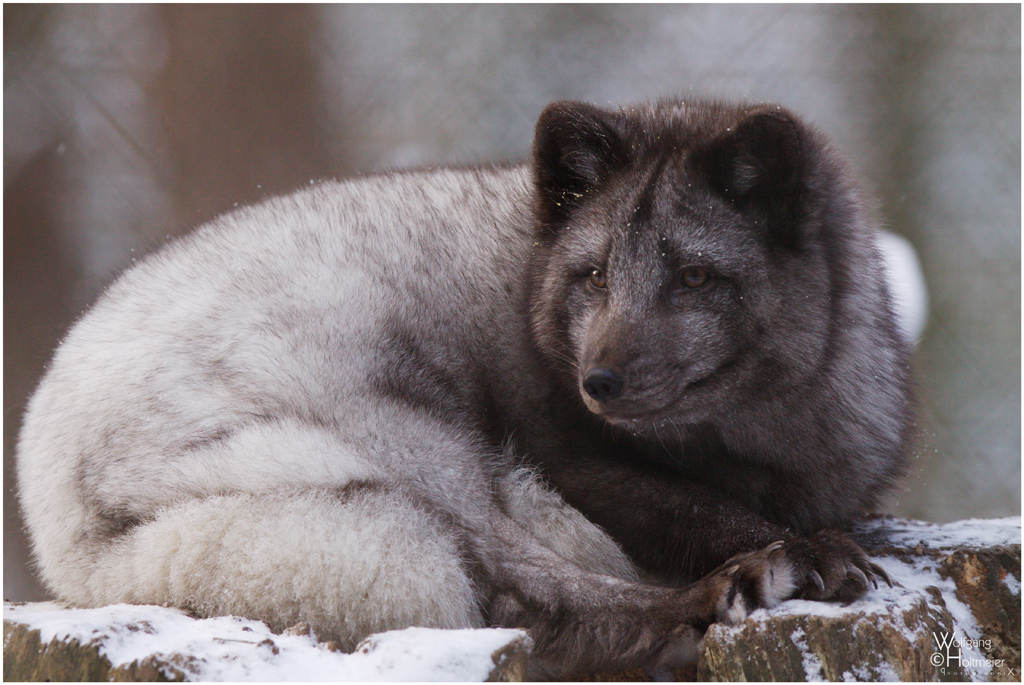
The ability to change the color of the Arctic fox can also be enhanced.Studies show that Arctic foxes live in snowy areas that are not entirely white, their fur may have a gray color of snow.

Arctic foxes live in underground caves, dating back to centuries, used by many generations of foxes.These are usually very large tunnel systems and there are up to 150 doors.
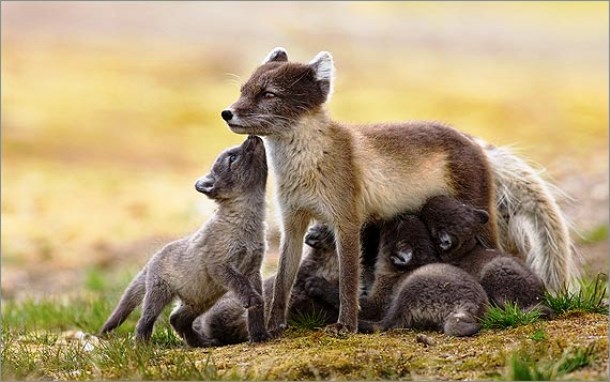
Depending on the source of available food, the mother usually has 5-10 children but in places where there is abundant food, this species can have up to 25 offspring in a herd.

The young foxes must grow very fast and seek to store fat because the polar summer is very short, otherwise they may die

Arctic foxes are omnivores, eating almost anything they can find - from rodents, birds or fish, seaweed and the redundancy of larger predators.In case of scarcity of food, he also eats his own stool.

Arctic foxes often hunt by breaking thick snow.To do that, it jumped high into the air and rushed into the snow.

When food sources are not available, Arctic foxes can halve the body's metabolic rate to save energy.

Arctic foxes are often killed by polar bears but in Canada, there is a case of strong friendship between the two animals.They play together and the giant bear even shares its food with the little fox.

The Arctic fox is famous for its long-distance migration ability, which is ranked as a record compared to all terrestrial mammals.The main food of the fox is mice, so when the mice migrate, the Arctic fox also migrates, sometimes going to several hundred thousand meters.

The Arctic fox is equipped with perfect sense of smell and hearing, but their vision is very poor.

Due to its small size (average adult male weighing 3.5 kg and 2.9 kg female), unable to resist, Arctic foxes are often eaten by fox Gulo, wolf and even both golden eagles.However, new humans are the biggest threat to this wonderful animal.Arctic foxes are often hunted for fur as luxury jackets.

Due to its relatively high fertility, the global Arctic fox population is not threatened except for a few points like Norway, Sweden and Finland, which estimate the population of this animal is less than 200 individuals.

Another worrying threat that Arctic foxes face is a population explosion of red foxes with a larger appearance.Global warming is the reason for the red fox to move north and occupy the area once belonging to the Arctic fox.

With the average length of the head and body of the male Arctic fox being 55 cm, the female is 52 cm, the Arctic fox is the species with the smallest wild canine found in Canada.

Arctic foxes are Icelandic mammals at the beginning of human life.

The lifespan of the Arctic fox live in the wild for only 3-6 years, but in captivity, it can live for up to 15 years.

According to the scientific classification, the Arctic fox belongs to the wolf family, but in contrast to the wolf, the Arctic fox often lives alone.They only tend to form a monogamous couple in mating season.

Arctic foxes have eyes that have a lot of pigments that protect them from the harsh glare of ice and snow, sometimes it can be disordered, creating different colored eyes.
- Interesting facts about animals living in the Arctic
- The most expensive feces in the world, 80kg worth $ 3 million
- Monstrous animals: breathing with anus,
- Beautiful scenery is unique in the North Pole
- A good way to re-use the panda's feces
- Many animals from the South come to live in the Arctic
- Perennial ice in the Arctic is disappearing
- Arctic animals call for help
- The history of the greatest 'dung' is sold for more than 200 million VND
- 10 great photos of permafrost
- 7 animals are cold resistant under 0 ° C best on the planet
- The hot 'lip lock' of animals (Part 2)
 The 11 most unique public toilets in the world
The 11 most unique public toilets in the world Explore the ghost town in Namibia
Explore the ghost town in Namibia Rare historical moments are 'colored', giving us a clearer view of the past
Rare historical moments are 'colored', giving us a clearer view of the past The world famous ghost ship
The world famous ghost ship After 389 days in the Arctic, costing more than $160 million, hundreds of scientists brought back bad news: What was it?
After 389 days in the Arctic, costing more than $160 million, hundreds of scientists brought back bad news: What was it?  Arctic refreezing plan achieves positive results
Arctic refreezing plan achieves positive results  Let's look at the last flower clusters in the world's polar regions
Let's look at the last flower clusters in the world's polar regions  Proposing 2 'utopian' initiatives to 'save' the polar ice sheet, at first glance everyone thought it was a fantasy
Proposing 2 'utopian' initiatives to 'save' the polar ice sheet, at first glance everyone thought it was a fantasy  Huge wormhole discovered at the bottom of the Arctic Ocean
Huge wormhole discovered at the bottom of the Arctic Ocean  Climate change causes more lightning in the Arctic
Climate change causes more lightning in the Arctic 